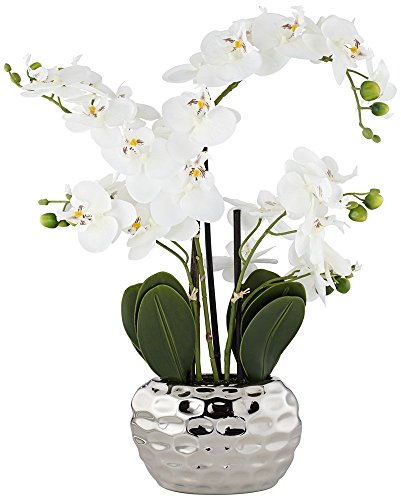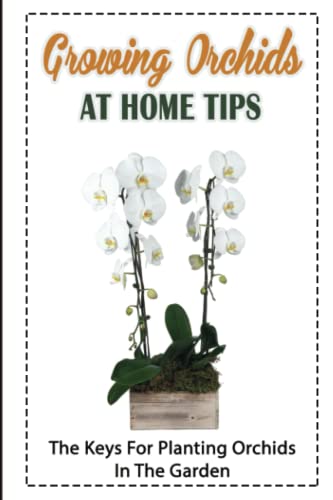Yes, i'm writing this, and it is long as usual and beware it's likely boring

From my limited observations, Klite was better than the 13-2-13 and the rest of whatever I do to grow, and Klite did show an improvement. It is unfortunate that I had to move so many times, had landlords that disagreed with higher humidity in their buildings or some who kept me moving my carts to places where they wouldn't prosper etc and too many competing interests. With the plug feed (13213) you would think it would be better having lower amounts of macros and lower k than quite a few Hort fertilizers for growing annuals and perennials; plants decreased in size and would look pale and yellow, lost plants.
After move and started using Klite with same water especially with phrag seedlings sitting in slight water always things looked better. Unfortunately I lost a bunch of plants because first place I had them before setting up light cart was too dark and plants too wet. During both previous times I also was trying a repot using that calcium sand for aquariums and pH was getting too high. After moving to north jersey I had to move plants a few times but when was able to have plants in one spot I used the well water and Klite and plants looked good while I was there. Here I largely removed the media with that sand which I'm sure helped, it was burning plants up. The well water in that area had lots of sulphur, you could smell it; I think lite fertilizer with the sulfur was a good thing.
From what I've seen here there are more people who wanted to try this because they were not satisfied with what was happening with their plants. My take at the start was that it was and is a likely good starting point, and it was going to need tweaking to add or adjust things to be a good base fertilizer for generalist orchid growers. The fact is that there never will be any one fertilizer which will work for every genera and conditions. At the greenhouses in Utica we had very clean water and at a minimum at the fert injector station there were four barrels of different concentrated fertilizers and depending on seasonal crops, those would get changed, and during a growth cycle you would likely alternate these for the best growth and flowering response.
Other nurseries including the ones in north jersey had to inject acid into their water to get the best range for their crops; where I am now the water at work is too acidic.
Expecting one unadjusted fertilizer to work for all orchids or other plants is unrealistic. Won't work. Railing on any particular type as awful and unusable (Klite or any other) is extremely unproductive. Trying things to find a better method or approach is what should be done. Observing what works for who during any general trial and what doesn't is extremely valuable, even if not scientific or unpublished. Who is going to pay for a scientific trial for thousands of different orchids for us to read? Very few.
From what I've seen if you don't have the right pH then it doesn't matter if you have the right amount or balance of food or water. If you don't have the right air movement and water available at the right time, with the proper warmth and light, then unhappy plants react by slowing stopping or dying. If you have a really good climate though with lots of warmth and sun plus the right pH and you can be liberal with the hose often the plants can adjust to food as long as you don't overwhelm them.
So growers need a base they can start with, to adjust and add for the conditions they have, and they are going to have to research to find out what environmental conditions their plants need. One unadjusted food isn't going to be the answer in most cases. I think Klite 1 is a good start, but in concept, for most people. I think MSU was on the right track knowing that different starting water necessitates different base feeds. If you have certain water conditions and pH then you need a different base. I think this feed needs some more micros or as a package supply a packet if micros separately so that a given level could be added to your stock after you've set your concentration of macros; this way you aren't thinning them out too much if you are using a very low rate of whatever is coming out of the bag or bottle. And every plant grower should have some way to test watering pH and adjust. Think a little more phosphorus and potassium would help, more sulfur also.
The stories of people not ever fertilizing or only using calcium nitrate and having good results is that you can have success with very little or limited range food. Often those who have broad success have great conditions and they can liberally water with whatever and things look happy
Sent from my iPhone using Tapatalk




































